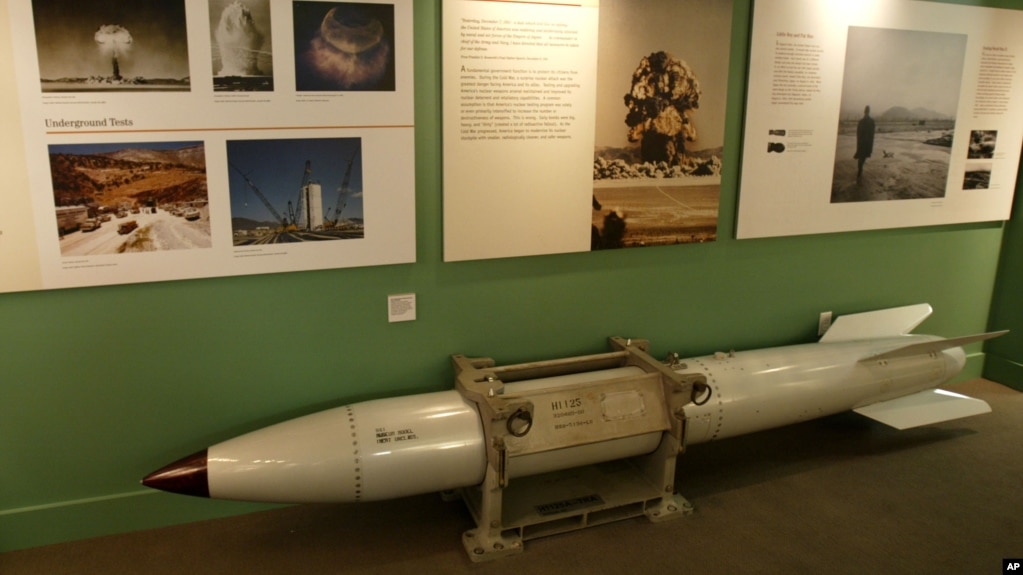
ALBUQUERQUE, N.M. —
Scientists at Sandia National Laboratories are claiming success with the first in a new series of test flights that are part of an effort to upgrade one of the nuclear weapons that has been in the U.S. arsenal for decades.
An F-16 airplane from Nellis Air Force Base dropped an inert B61-12 bomb over the Nevada desert last month to test the weapon's non-nuclear functions as well as the plane's ability to carry the weapon.
With a puff of dust, the mock bomb landed in a dry lake bed at the Tonopah Test Range.
Scientists are planning to spend months analyzing the data gathered from the test.
Officials say the first production unit of the B61-12, developed under what is called the Life Extension Program, is scheduled to be completed in 2020.
With a puff of dust, the mock bomb landed in a dry lake bed at the Tonopah Test Range.
Scientists are planning to spend months analyzing the data gathered from the test.
Officials say the first production unit of the B61-12, developed under what is called the Life Extension Program, is scheduled to be completed in 2020.
The B61 nuclear gravity bomb first entered service in 1968, and four variants remain in the U.S. nuclear stockpile, according to the National Nuclear Security Administration. The B61-12 will add at least 10 years to the service life of the B61, the NNSA said, allowing the retirement of the B83.

